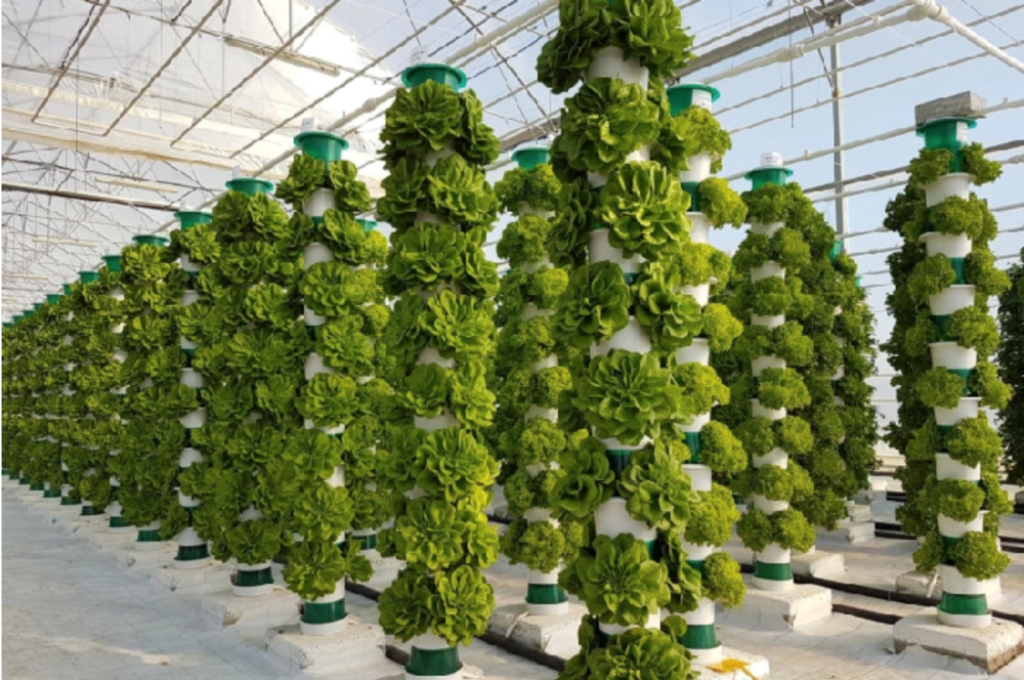
There are many different farming practices, and vertical farming is also one of them. It is said that Vertical farming is highly profitable for the farmers. But now the question arises, How? And which all crops will grow well in this kind of farming and generate maximum profit for the farmers? So, lets know in detail about vertical farming in this article.
Why opt Vertical Farming?
In the coming time, more than 80% of the world’s population will live in the urban area. And demand of food will also increase, and that too in an effective way, so that people can grow and get food in the cities. And this is possible through vertical farming. Vertical farming can produce crops twice as fast, using 40% less power, having 80% less food waste, and using 99% less water than outdoor fields.
What is Vertical Farming?
Vertical farming is the practice of food production that takes the form of vertically stacked layers and vertically inclined surfaces. This method is executed inside a controlled environment building, usually without soil or natural light. This method involves the control over temperature, humidity, artificial lighting, control and monitoring of nutrients and fertilizer.
What is the Growing Medium?
In vertical farming, there are three different growing mediums-
Hydroponics- In hydroponics, crops grow in the nutrient-rich water basin and water is recirculated, creating better efficiency and lower water consumption. Hydroponic farming is highly adaptable to the farmers’ needs and production, and it requires less cost and scalable in size. Methods like Water culture, Ebb and flow, Nutrient film technique, and the Wick system are included in this.
Aeroponics- In this, crops are frequently sprayed with nutrient-based mist, using a periodic timer (no soil, sunlight, and water). By this method, nutrients are directly delivered to the plant roots, and this method conserves water and also reduce labour. Also, crops can be harvested easily.
Aquaponics- It is the practice of cultivating both fish and plants. Fish provides beneficial nutrients and bacteria to the plants, and that in turn filter the water for the fish. This method creates a highly productive and balanced ecosystem with many benefits.
Which Crops Are Suitable for Vertical Farming?
Lettuce- Lettuce and some other green leafy vegetables are mainly grown by indoor farmers. Lettuce is easy to grow and available in many varieties, it is easy to grow, and in demand year round.
Kale- Kale is a nutrient powerhouse, and is richer in iron than beef. Apart from this, it is very delicious and available in many varieties. It can be a great choice for vertical farmers.
Chard and collard greens- These leafy green vegetables are not much popular but can grow quite large in the proper conditions, and can be partially harvested multiple times, each time growing back with a larger yield.
Basil- Basil is also one of the ideal crops in vertical farming. When grown conventionally in soil, basil is available for a few months as it is sensitive to cold temperatures, but in climate controlled conditions of vertical farming, it responds very good and is richer in oils and flavours.
Chives & mint- These are the best crops for new vertical farmer to start with. These are easy to harvest due to their dense, grass-like growing structure. And their distinctive flavours also make them popular with customers.
This is all about vertical farming, for more information like this, stay connected…!!
















